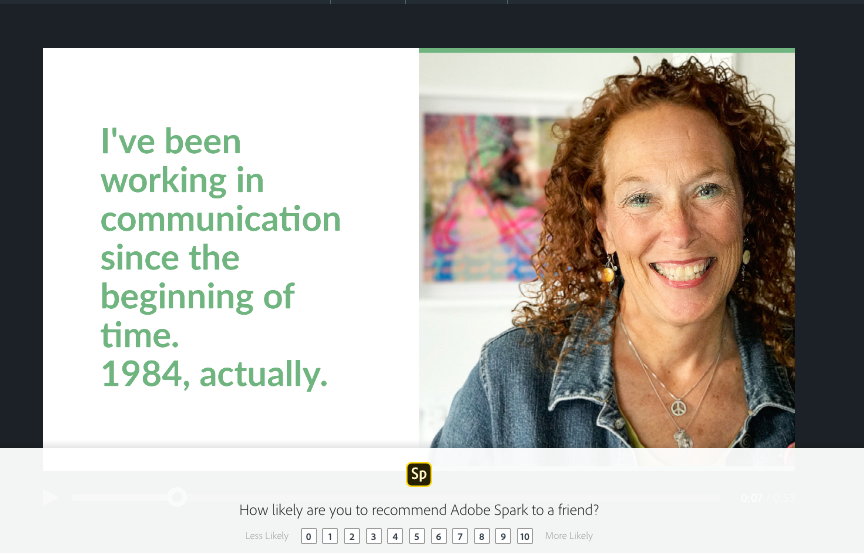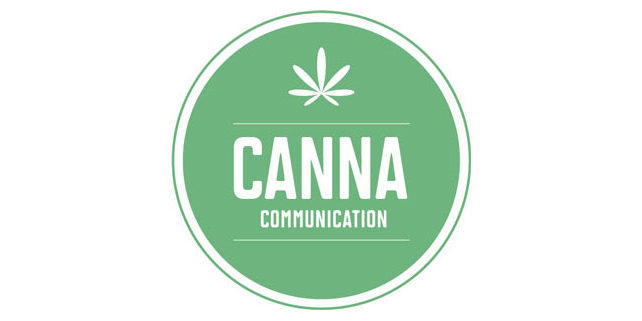It’s a harsh world for cannabis businesses. We deal with acceptance issues and stigma, unlike any other industry. It’s hard to finding banking that works, Facebook hates us, Google ignores us and Eventbrite shuts us down. We loathe those arbitrary and capricious community rules that interfere with us doing our work.

There’s no sense in crying about what we can’t change, so let’s look at some things we can use to improve our business communication where cannabis isn’t an issue. But we have some great free and inexpensive tools for cannabis communication that work around the speed bumps.
Let’s start with Unsplash, a site where you can find free, high-quality photographs for your website or social media posts. The photos are searchable from tags that the photographer has added and in categories, at the top of the page. Make sure to experiment with searches–we’ve found that cannabis, hemp and marijuana, marijuana flower produce different results. You can use the photos for free and without credit, but it’s great to give credit to the photographer in your blog or on your website.
Another good source for free photos and illustrations is Pixabay. Like Unsplash there are lots of great images, but it adds illustration and graphic art to the mix, which we love to use sometimes. You have the option to buy the artists a cup of coffee (donate to them) which is a great way to keep free art coming.

If you’re a big player and have access to a pay to play media database, you’re lucky. But, if you’re a small business and doing your own PR, how do you build a media database? Getting the emails for local reporters is pretty easy if you read their stories, most of them are available in the byline or on the news source’s webpage. Some are harder to come by, like those in the national cannabis publications. For this, you need Hunter.io Register, and you can find up to 100 emails a month for people and companies you want to connect with. You’ll need the name of the person you wish to contact as in “Clark Kent” and the media outlet as in “Daily Planet” and most times you’ll get a correct email.
Writing headlines that attract the attention of readers is an art, what you think might work well to get someone’s attention might not do the job. How do you know? Well, we use this tool to test our cannabis communication headlines and we’ve done numerous revisions of what we thought were good headers to up our score in Co-Schedule’s Headline Analyzer.

We spend a good deal of our time writing for clients and for our own blog, and we are big fans of Grammarly. It’s a great tool to help you become a better writer. It points out as you write the typos, incorrect word usage and where commas do and don’t belong. You can install an extension on your Mac or PC and it will correct your emails and social media posts, too. It offers a more robust writing analysis than does the standard grammar and spelling that are resident on your computer. Honestly, if you’re uncertain about the correctness of your writing, use it.
Need to make a graphic for a webpage, social media post, an email blast or a printed product but don’t quite need to hire a graphic designer? We use Canva for simple things. It’s a free tool that has hundreds of templates and already sized up uses. Need a profile picture or page cover for Facebook, an Instagram graphic or a slider image for your website? Canva has all the sizes, backgrounds and tools to make something perfect for your cannabis communication. If you don’t have an eye for design, look at their templates and
Ever wonder how your competitor is doing with their digital reach? With SEMRush, you can plug in a domain, and it will show you all of the data about that company’s digital presence. You can look at backlinks, referring domains, search terms and the position of their competitors all done in great charts and bars. It’s free for up to ten searches per month, and you can look at your own site, too and see how you’re doing.
Check out Spark (from Adobe) for making simple videos from photographs. You can add text, add music, determine the length of the slide and brand the slide with your company colors and logo. It isn’t as intuitive as Canva for simple design, but for on-the-fly photos into videos, it’s so easy. Here’s one we did about our company.

For email marketing, we use Mail Chimp. There have been some issues in the past with the company shutting down cannabis accounts and that spooks us a bit. We like the flexibility of the platform, the ease of use and the tracking tools. It’s free until your list is over 2000 subscribers and if you do use a paid plan, you get a few more features. To be safe, download your database regularly because if you’re shut down, you might lose it. Email marketing for your cannabis business is effective and easy to work into your annual schedule or plan.
So we’ve shared a few of our secrets about how we get cannabis business communication done. But, these are tools, not a comprehensive strategy and that’s where Canna Communication comes in. We look at the big picture, know the cannabis industry, and we’re experienced at launching a new business or moving an existing one forward.
Need some help getting started? Too busy to develop a communication strategy? Canna Communication is here for you. Just give us a shout and we’ll lend you a hand.
Tools photo by Dariusz Sankowski on Unsplash



 above and theoretically, they should help you sleep. If you’re like 30 percent of all Americans and you’re still sleepless, that’s when you probably have turned to sleep medications or herbal supplements. About 4 percent of all American take a prescription sleep aid and those pills have side effects and issues with overuse, as well as rebound insomnia when discontinued. Plant-based medicines tend to be gentler and don’t have the same harsh side effects of synthetic drugs.
above and theoretically, they should help you sleep. If you’re like 30 percent of all Americans and you’re still sleepless, that’s when you probably have turned to sleep medications or herbal supplements. About 4 percent of all American take a prescription sleep aid and those pills have side effects and issues with overuse, as well as rebound insomnia when discontinued. Plant-based medicines tend to be gentler and don’t have the same harsh side effects of synthetic drugs. what
what  One of the biggest complaints people have about using cannabis for sleep is that interferes with dreams. Dreams happen in the REM cycle of sleep, which is the last cycle of sleep during the night and we know cannabis interferes with that process. Cannabis that is high in CBD and lower in THC might help restore some of your REM dream sleep and help you relax more.
One of the biggest complaints people have about using cannabis for sleep is that interferes with dreams. Dreams happen in the REM cycle of sleep, which is the last cycle of sleep during the night and we know cannabis interferes with that process. Cannabis that is high in CBD and lower in THC might help restore some of your REM dream sleep and help you relax more.